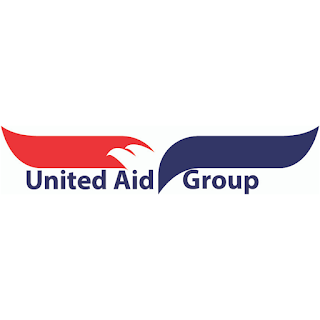How To Get Out Of Default Payments
Are you in the student loan default trap? It's okay. It's normal to feel discouragement, shame, anger, or fear right now. That's normal. You can get out of this pit! While student loan default is a serious problem, it doesn't have to end the world.
It was your failure to make student loan payments that led you into student loan default. Therefore, money must be paid towards your balance to get out of default. You have three options to get your student loans out of default: consolidation, repayment in full, or student loan rehabilitation. These options differ in that you must pay upfront money to avoid default.
The Three Paths to Avoid Student Loan Default
Repayment in full
Repaying your student loans fully is the best way to avoid student loan default. However, just because it is the easiest does not mean it is possible for everyone. This is one of the most overlooked ways to avoid student loan default. Many borrowers don't have the money to pay off their student loan debt in one go. This wouldn't be a problem if they had enough money.
It would help if you reconsidered taking a personal loan to repay your student debt. Personal loans are more expensive than federal student loans and could lead to further debt.
Consolidation of Student Loans
- Consolidation is the fastest way to get out of student loan default. This is where you pay off one or more federal student loans using a federal consolidation loan. You can select your loan servicer once you consolidate. As long as you continue to make your payments, consolidation will not stop creditors from coming after you.
- You must either:
- Three monthly, on-time, complete payments of the defaulted loan must be made.
- You will agree to repay the consolidated loan according to an income-driven repayment schedule.
- Your servicer will decide the payment amount if you select to take the first qualifying action. Don't worry; the amount will be determined based on your financial situation.
- You don't have to make any initial payments if the second qualification action is more appealing. For any other help, you can consult with the United Aid Group.
- Consolidating your assets can have some drawbacks.
- Your credit report will still reflect late and default payments for seven years.
- Consolidating defaulted loans will result in you losing any benefits and privileges associated with those loans.
- Consolidation is not an option if you have defaulted on student loans. However, student loan refinancing may be. To determine if refinancing might be possible, you will need to speak with your servicer.
- The second option to avoid student loan default is student loan consolidation.
Student Loan Rehabilitation
- Rehabilitating your loans is the third option. To begin this process, you must contact the loan holder. You must follow these steps to rehabilitate direct federal loans or FFEL loans successfully.
- You agree to nine monthly reasonable and affordable payments within 20 days of the due date.
Complete all nine payments within 10 months.
- Your loan holder will determine the amount of these payments. The amount usually equals 15% of your annual discretionary earnings divided by 12. Your annual discretionary income refers to the excess of 150 per cent of your adjusted gross income above the poverty guideline for your state and family size. If your annual discretionary income exceeds $20,000, then you will be responsible for nine payments of $250.
- If the amount is too high, depending on your financial situation, you might still be able to negotiate a lower payment.
- Perkins loan rehabilitation is slightly different. To successfully rehabilitate the federal Perkins loan, you must pay the full monthly payment within 20 days.
- After your fifth rehabilitation payment, wage garnishment ceases. Your student loans will be reinstated to good standing once you have fulfilled the terms of the rehabilitation agreement. The information you receive will include details about the new servicer assigned to your loan and where to send future payments.
- Although rehabilitation can take longer than consolidation, you'll still be able to enjoy any privileges or benefits associated with defaulted loans, such as forbearance, deferment, the forgiveness of student loans, and options for repayment.
- Rehabilitating your credit is slightly better than consolidating it. Resolving student loan defaults will allow you to keep your credit score intact, but it will not show that your default was reported.
- Student loan rehabilitation is the third option to get out of student loan default.



.jpg)

.jpg)
Comments
Post a Comment